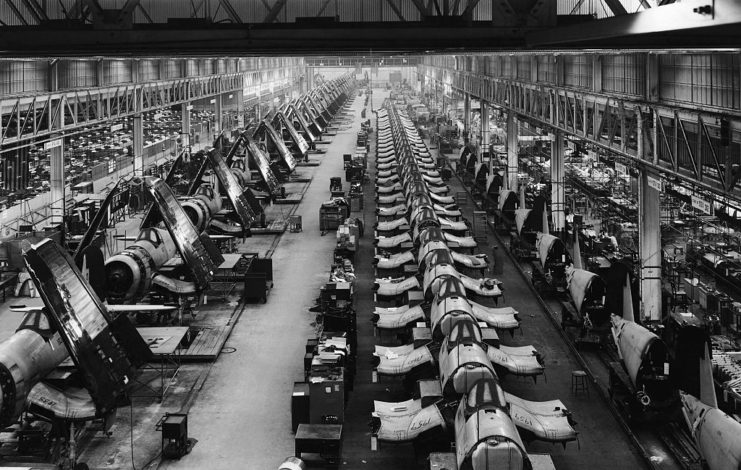
Introduction:
American assembly lines have been a cornerstone of manufacturing efficiency, revolutionizing production processes and contributing significantly to industrial success. This article delves into the history, impact, and ongoing relevance of American assembly lines in shaping the manufacturing landscape.
Historical Evolution of Assembly Lines:
The concept of assembly lines has deep roots in American industrial history. Henry Ford is often credited with revolutionizing manufacturing through the introduction of the assembly line at the Ford Motor Company in the early 20th century. This marked a paradigm shift, increasing production speed and reducing costs by streamlining the manufacturing process.
Efficiency and Mass Production:
The primary advantage of American assembly lines lies in their efficiency in mass production. By breaking down the production process into sequential tasks, each performed by specialized workers or machines, assembly lines enable the rapid and standardized manufacturing of goods. This approach has been instrumental in meeting the demands of growing consumer markets.
Role in Automotive Industry Transformation:
The impact of assembly lines is particularly evident in the automotive industry. Ford’s implementation of the assembly line for automobile manufacturing not only revolutionized how cars were made but also made automobiles more affordable and accessible to the general public. This transformation played a crucial role in the widespread adoption of automobiles across America.
Diversification Across Industries:
While initially associated with automobile manufacturing, American assembly lines have diversified across various industries. From electronics and appliances to aerospace and consumer goods, the assembly line model has proven adaptable and scalable. This versatility has contributed to the competitiveness of American industries on a global scale.
Technological Advancements and Automation:
In contemporary manufacturing, American assembly lines continue to evolve with technological advancements. Automation and robotics have been integrated into assembly processes, enhancing precision, speed, and overall efficiency. This fusion of traditional assembly line principles with cutting-edge technology reflects the ongoing commitment to staying at the forefront of manufacturing innovation.
Workforce Dynamics and Skill Requirements:
The evolution of American assembly lines has also influenced workforce dynamics. While automation has streamlined many tasks, it has also created a demand for skilled workers who can operate and maintain advanced manufacturing technologies. The modern assembly line workforce requires a combination of technical proficiency and adaptability to navigate the complexities of automated systems.
Global Competitiveness and Supply Chains:
American assembly lines play a crucial role in maintaining global competitiveness. Efficient manufacturing processes contribute to the competitiveness of American products in international markets. Additionally, the interconnected nature of global supply chains relies on streamlined assembly line production to ensure timely and cost-effective delivery of goods.
Environmental Considerations and Sustainability:
In recent years, there has been a growing emphasis on incorporating sustainable practices within American assembly lines. Manufacturers are increasingly adopting eco-friendly processes, reducing waste, and optimizing energy consumption. The integration of sustainability principles aligns with broader societal expectations and positions American industries as responsible contributors to environmental stewardship.
Challenges and Adaptations:
While assembly lines have been a driving force for efficiency, they also face challenges. Balancing the need for speed with product customization, addressing concerns about job displacement due to automation, and navigating disruptions in global supply chains are ongoing considerations. However, the adaptability and resilience of American assembly lines have allowed them to overcome challenges and remain integral to manufacturing success.
Future Prospects and Continued Innovation:
Looking ahead, American assembly lines are poised for continued innovation. The integration of artificial intelligence, the Internet of Things (IoT), and advanced data analytics holds promise for further enhancing efficiency and responsiveness. As manufacturing evolves in the digital age, American assembly lines will play a central role in shaping the future of production.
To learn more about American Assembly Lines, visit this link.



